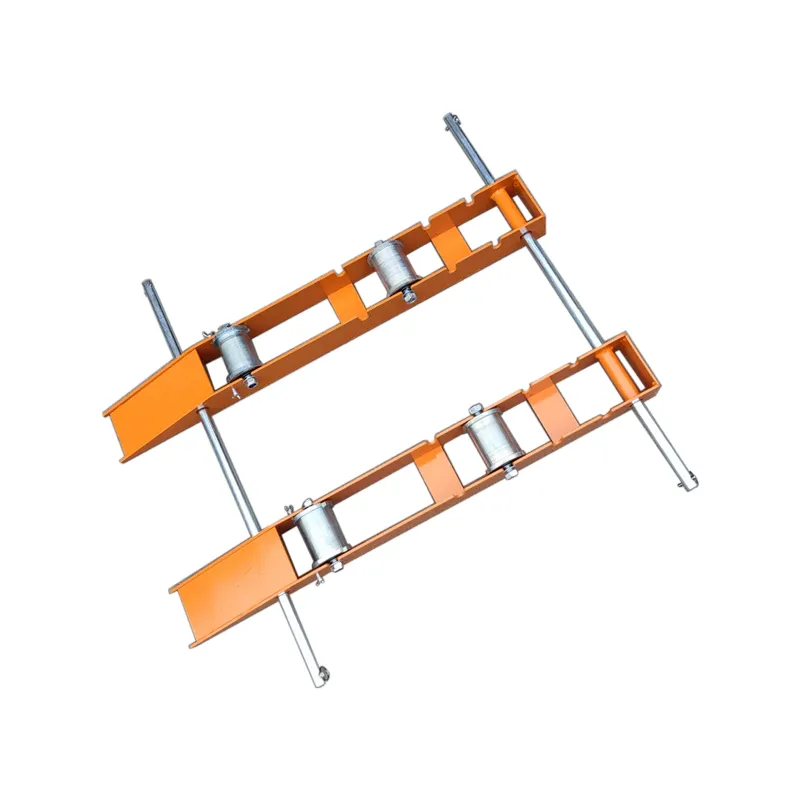
-
 Afrikaans
Afrikaans -
 Albanian
Albanian -
 Amharic
Amharic -
 Arabic
Arabic -
 Armenian
Armenian -
 Azerbaijani
Azerbaijani -
 Basque
Basque -
 Belarusian
Belarusian -
 Bengali
Bengali -
 Bosnian
Bosnian -
 Bulgarian
Bulgarian -
 Catalan
Catalan -
 Cebuano
Cebuano -
 Corsican
Corsican -
 Croatian
Croatian -
 Czech
Czech -
 Danish
Danish -
 Dutch
Dutch -
 English
English -
 Esperanto
Esperanto -
 Estonian
Estonian -
 Finnish
Finnish -
 French
French -
 Frisian
Frisian -
 Galician
Galician -
 Georgian
Georgian -
 German
German -
 Greek
Greek -
 Gujarati
Gujarati -
 Haitian Creole
Haitian Creole -
 hausa
hausa -
 hawaiian
hawaiian -
 Hebrew
Hebrew -
 Hindi
Hindi -
 Miao
Miao -
 Hungarian
Hungarian -
 Icelandic
Icelandic -
 igbo
igbo -
 Indonesian
Indonesian -
 irish
irish -
 Italian
Italian -
 Japanese
Japanese -
 Javanese
Javanese -
 Kannada
Kannada -
 kazakh
kazakh -
 Khmer
Khmer -
 Rwandese
Rwandese -
 Korean
Korean -
 Kurdish
Kurdish -
 Kyrgyz
Kyrgyz -
 Lao
Lao -
 Latin
Latin -
 Latvian
Latvian -
 Lithuanian
Lithuanian -
 Luxembourgish
Luxembourgish -
 Macedonian
Macedonian -
 Malgashi
Malgashi -
 Malay
Malay -
 Malayalam
Malayalam -
 Maltese
Maltese -
 Maori
Maori -
 Marathi
Marathi -
 Mongolian
Mongolian -
 Myanmar
Myanmar -
 Nepali
Nepali -
 Norwegian
Norwegian -
 Norwegian
Norwegian -
 Occitan
Occitan -
 Pashto
Pashto -
 Persian
Persian -
 Polish
Polish -
 Portuguese
Portuguese -
 Punjabi
Punjabi -
 Romanian
Romanian -
 Russian
Russian -
 Samoan
Samoan -
 Scottish Gaelic
Scottish Gaelic -
 Serbian
Serbian -
 Sesotho
Sesotho -
 Shona
Shona -
 Sindhi
Sindhi -
 Sinhala
Sinhala -
 Slovak
Slovak -
 Slovenian
Slovenian -
 Somali
Somali -
 Spanish
Spanish -
 Sundanese
Sundanese -
 Swahili
Swahili -
 Swedish
Swedish -
 Tagalog
Tagalog -
 Tajik
Tajik -
 Tamil
Tamil -
 Tatar
Tatar -
 Telugu
Telugu -
 Thai
Thai -
 Turkish
Turkish -
 Turkmen
Turkmen -
 Ukrainian
Ukrainian -
 Urdu
Urdu -
 Uighur
Uighur -
 Uzbek
Uzbek -
 Vietnamese
Vietnamese -
 Welsh
Welsh -
 Bantu
Bantu -
 Yiddish
Yiddish -
 Yoruba
Yoruba -
 Zulu
Zulu


11월 . 01, 2024 19:58 Back to list
A Comprehensive Guide to Wire Pulling Techniques Using a Sling for Strategic Success
Wire Pulling with a Sling A Strategic Guide
Wire pulling is an essential task in many construction and electrical projects. Using a sling to assist with this process can enhance efficiency and safety, ultimately leading to a more effective workflow. This article serves as a strategic guide to wire pulling with a sling, outlining the best practices and techniques to ensure a successful operation.
First and foremost, understanding the fundamentals of wire pulling is crucial. The objective is to maneuver electrical wires through conduits or channels while minimizing damage and ensuring a smooth installation. A sling can significantly aid this process by distributing the pulling force evenly, reducing the strain on both the wire and the installation team.
Selecting the Right Sling
The first step in wire pulling with a sling is selecting the appropriate equipment. Slings come in various types, including nylon, polyester, and rope slings, with differing capacities and stretching characteristics. It’s imperative to choose a sling that is rated for the specific load you will be pulling, considering both the weight of the wire and the conditions of the installation site. Always refer to manufacturer guidelines and safety data sheets to ensure compliance and safety.
Preparing the Worksite
Before initiating any wire pulling task, proper preparation of the worksite is essential. Clear the area of debris, obstacles, and any other hazards that may impede the operation. Ensure that the path where the wire will be pulled is free from sharp edges or pinch points that could damage the wire insulation. Establish a clear communication protocol among team members to coordinate the pulling process efficiently.
wire pulling with a sling a strategic guide

Using the Sling Effectively
Once the sling and site are prepared, it’s time to begin the wire pulling process. The sling should be securely attached to both the wire and the pulling mechanism (such as a winch or a manual pulling tool). This attachment must be firm enough to withstand the pulling force without slipping. Adjust the angle of the sling as needed to ensure an even pull, which helps avoid stress points on the wire.
During the pulling process, it’s critical to maintain a steady and controlled force. Avoid sudden jerks or excessive force that could overwhelm the cables and potentially lead to damage. Team members should work in unison, as synchronized pulling can prevent snags and ensure a seamless installation.
Post-Pulling Checklist
After completing the wire pulling, perform a thorough inspection of the wire and sling. Ensure there are no signs of damage, kinks, or abrasions on the wire insulation. Check the sling for any wear or deterioration that may compromise its integrity in future tasks. Proper documentation of the installation process and any issues encountered can aid in future projects and provide valuable insights for improvement.
Conclusion
Wire pulling with a sling is a strategic operation that, when executed properly, enhances the efficiency and safety of electrical installations. By selecting the right equipment, preparing the worksite, and employing effective techniques during the pulling process, teams can ensure a successful outcome. With careful planning and execution, wire pulling can be a smooth and trouble-free task, contributing to the overall success of any project.
Latest news
The Unique Design of Cable Socks
NewsJun.04,2025
Swivel Connectors in Industrial Automation
NewsJun.04,2025
Safety Features of Link Sticks
NewsJun.04,2025
How to choose the best cable pulling winch for sale
NewsJun.04,2025
Fish tape safety precautions
NewsJun.04,2025
Essential Maintenance Tips for Cable Pulling Tools
NewsJun.04,2025











